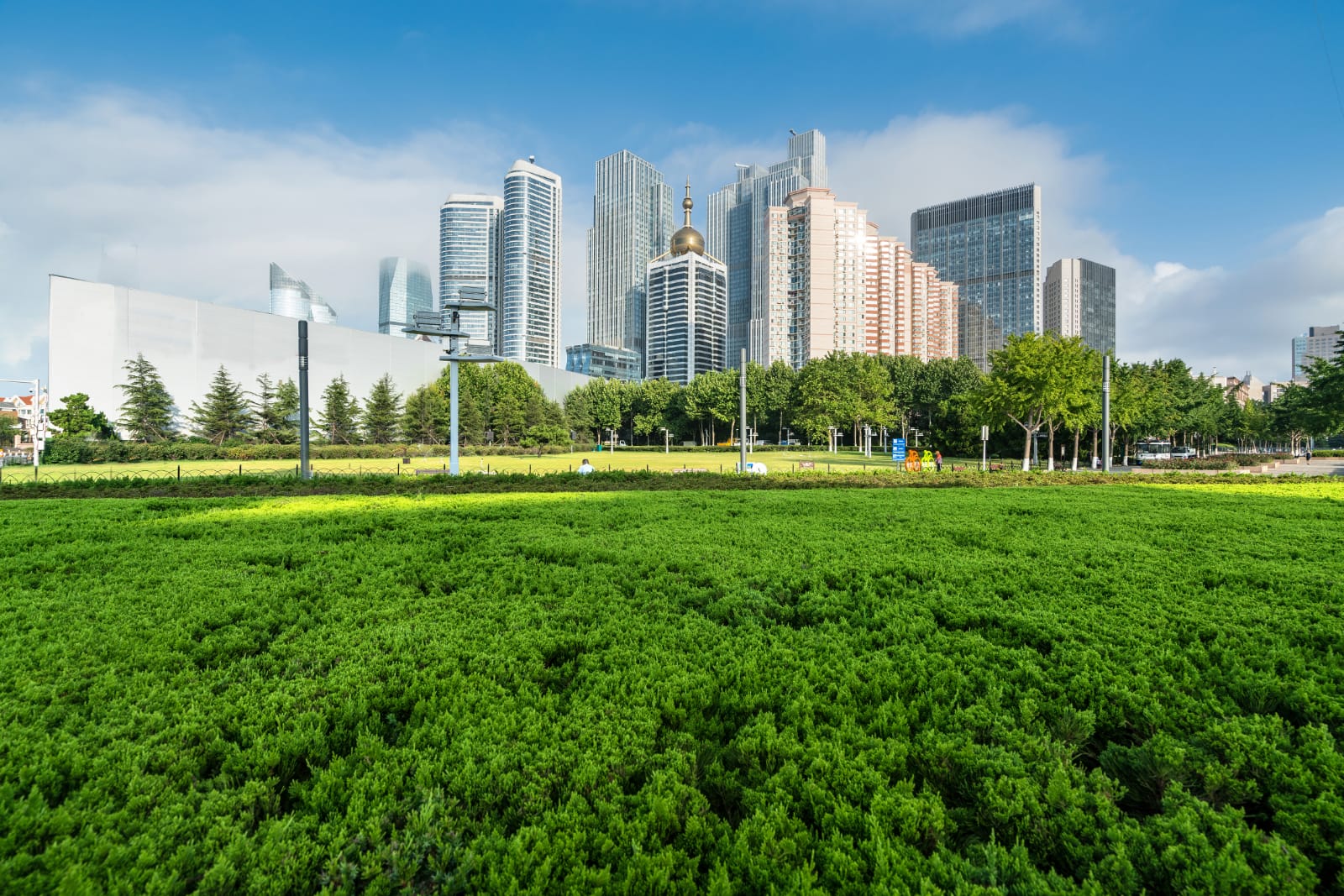
Development
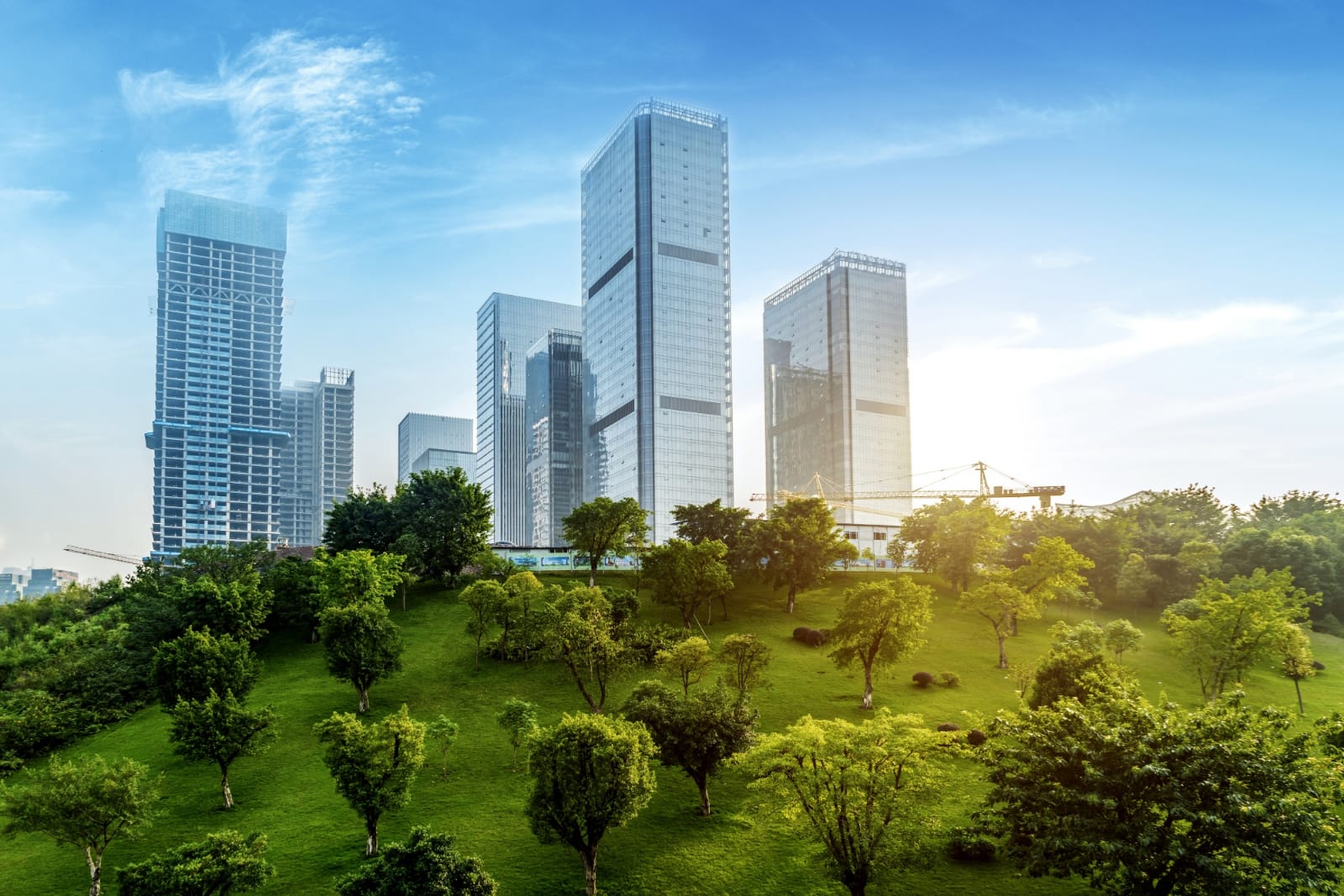
Redevelopment
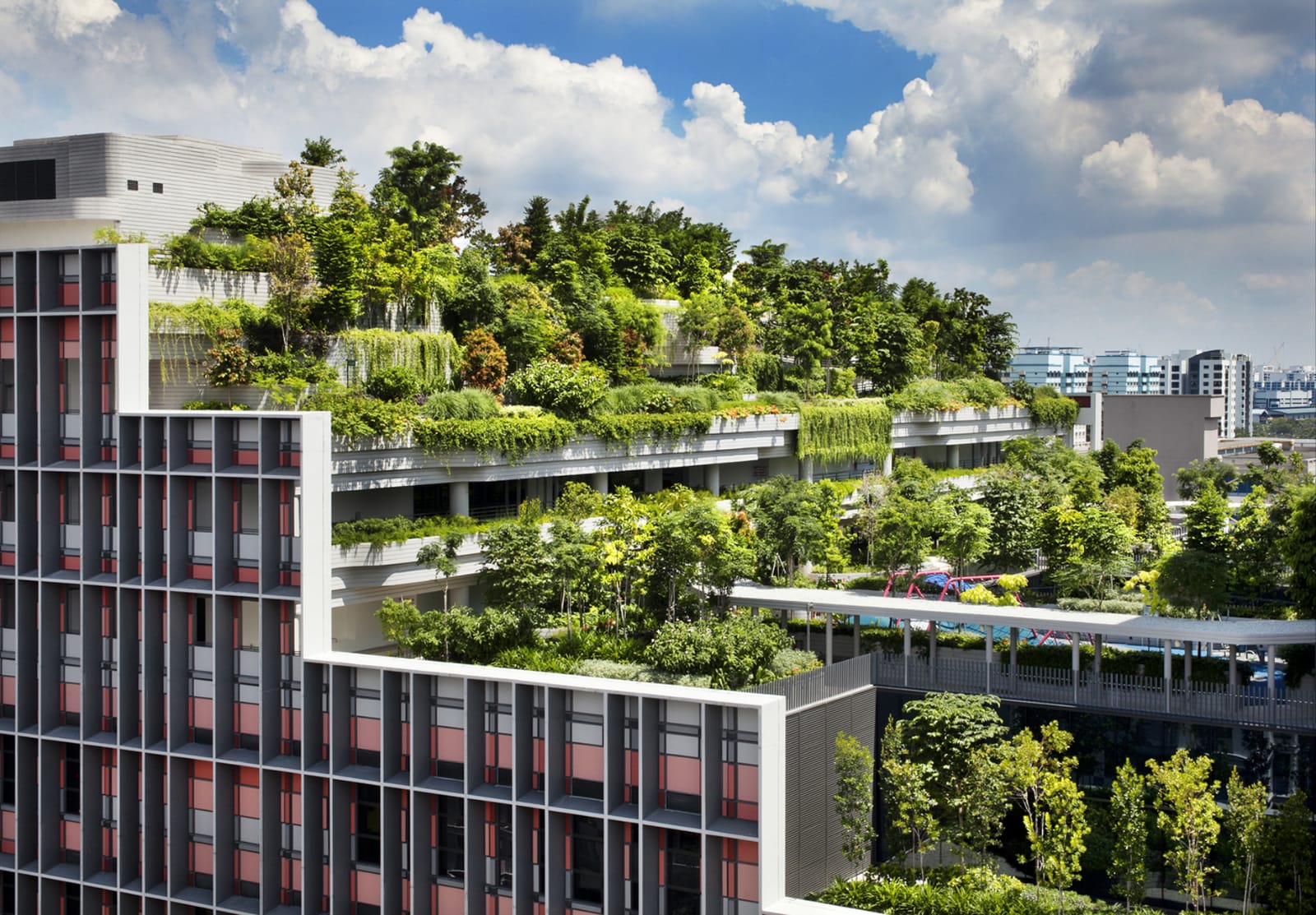
Regenerative Buildings
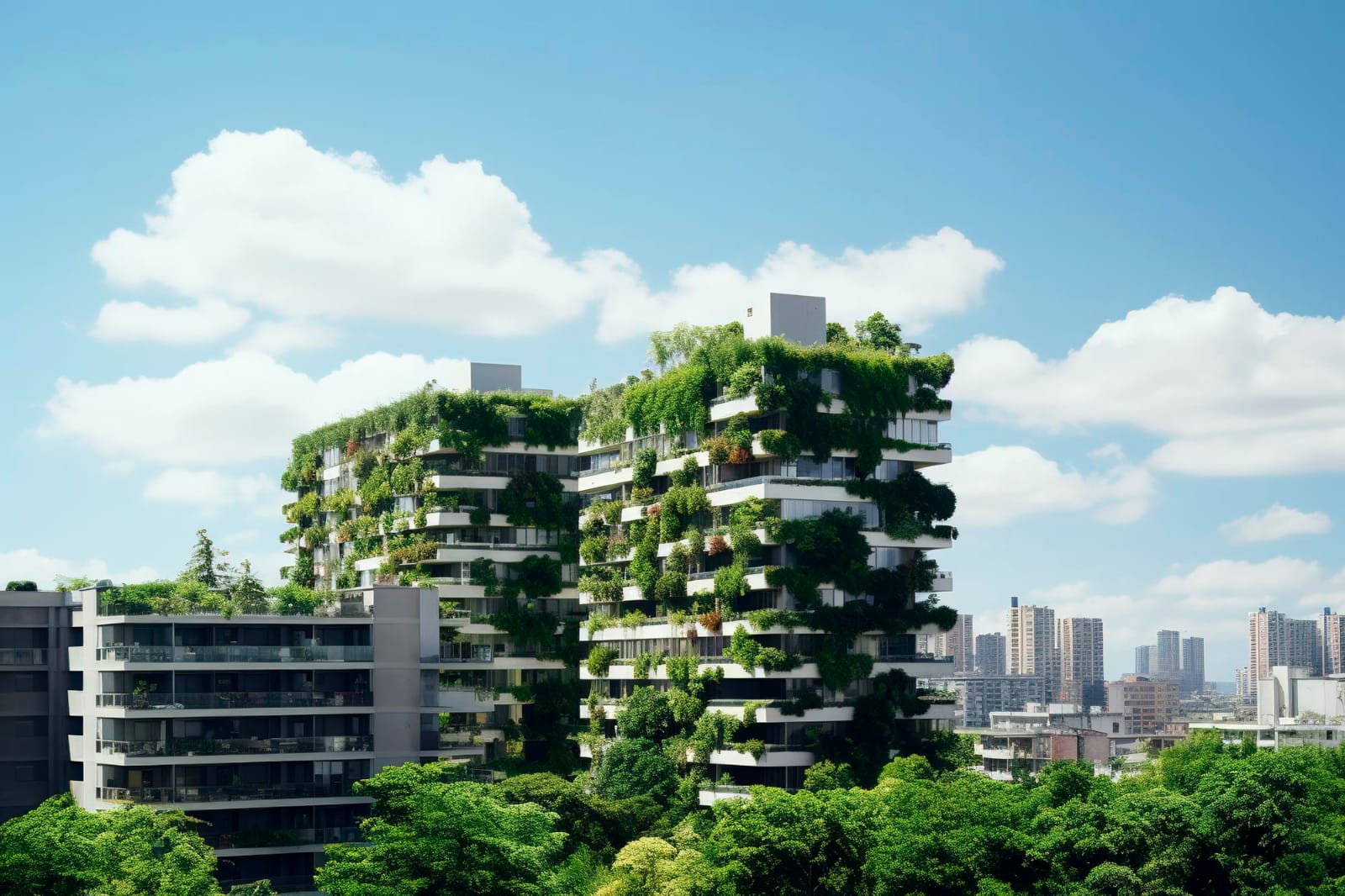
Regeneration Powering Obsolete Built Environment
Renewal, redevelopment and regeneration are co-related with each other in complex and multiple ways producing variegated outcomes. The nature and quality of improvement to existing and new infrastructure inputs into various parts of the inner city induces change in urban fabric some time results in negative externalities leading to gentrification and displacement of people who have lived there for several decades, therefore, require careful thought in renewal process. These original residents could be replaced with new high income residents and new businesses, which is known as process of gentrification. Another form of restructuring of the city could take place as a result of redevelopment and regeneration of slums, old ports, derelict industrial areas, etc.; impacting established populations and businesses and replacing them with modern businesses and housing but some share given to original people and businesses. Examples, worldwide are available like Canary Wharf London, Battery Park, New York to quote as where derelict land have been converted into a fortune. This sort of renewal, redevelopment leading to regeneration first began in the developed countries in the early 1980s and led to commodification of the built environment whereby sites in cities were sold like any other commodities in the market place which is termed as city branding. In India such processes have been taking their roots in the inner cities and spreading outwards sweeping people and what is now regarded as ‘obsolete built environment’ in its wake. Questions of equity and spatial justice remain important when renewal and redevelopment causes large scale displacement of the poor and lower middle classes.
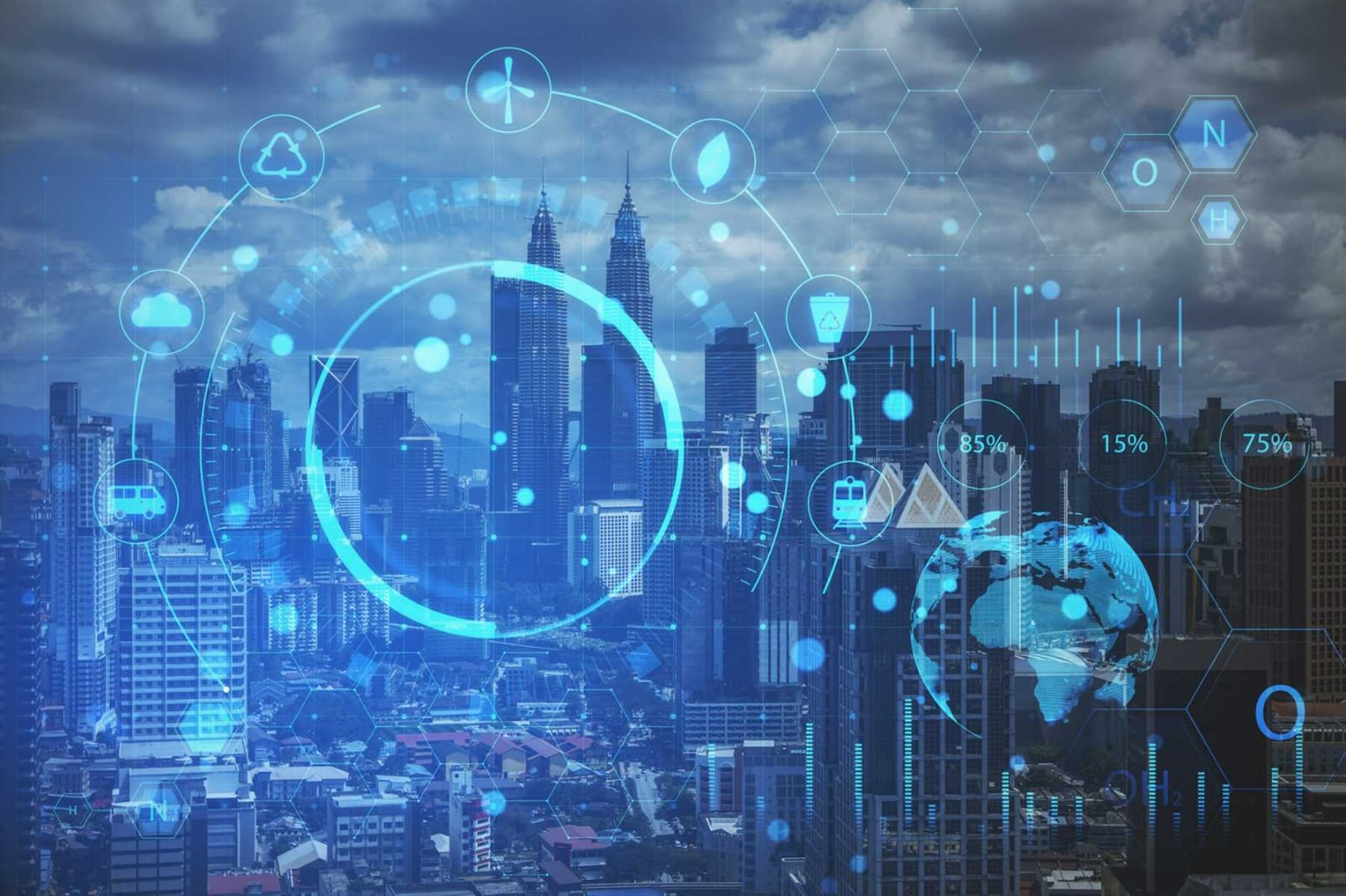
Digital Transformation and Workforce Development
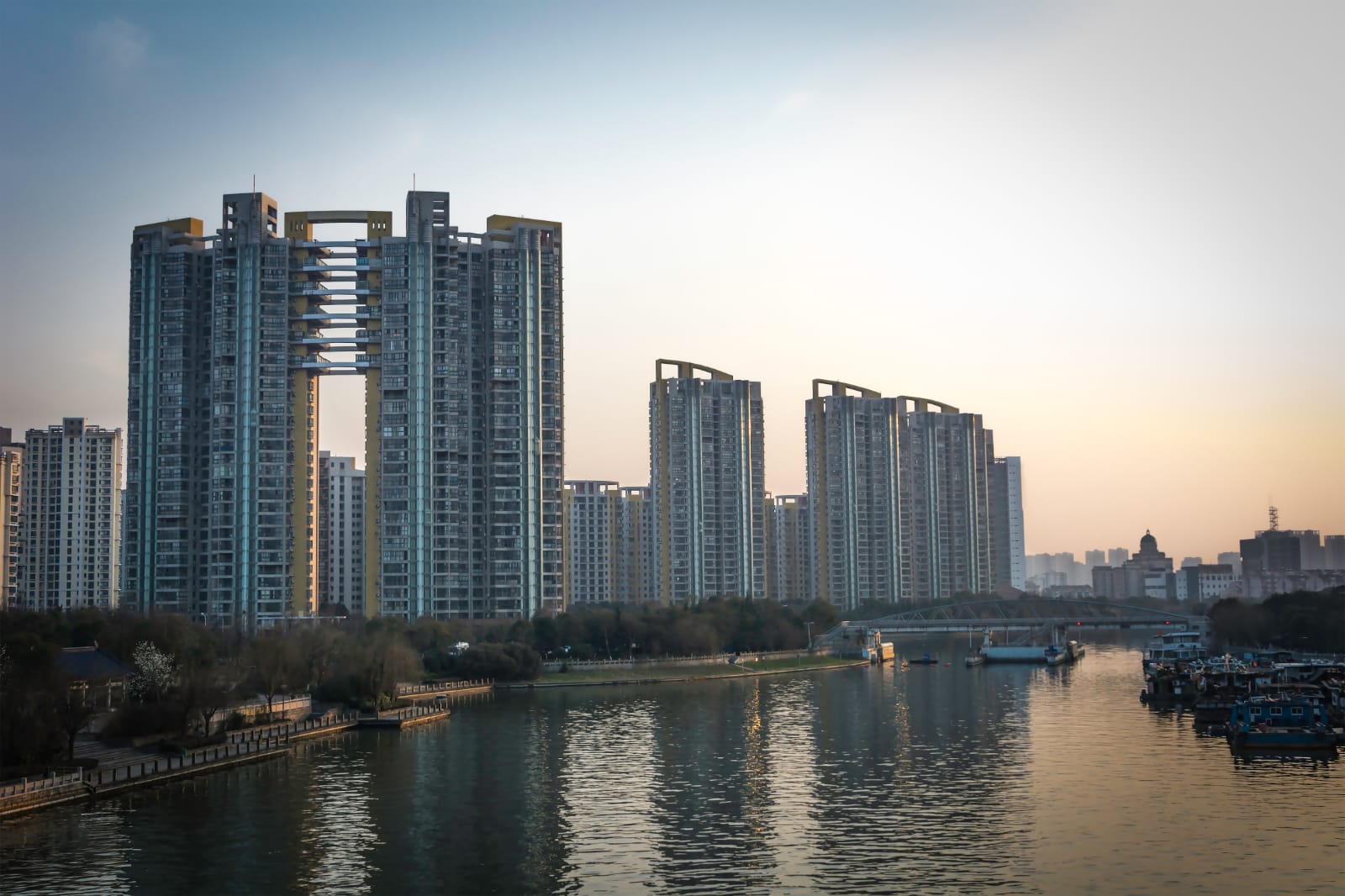
Luxury Real Estate Constructions
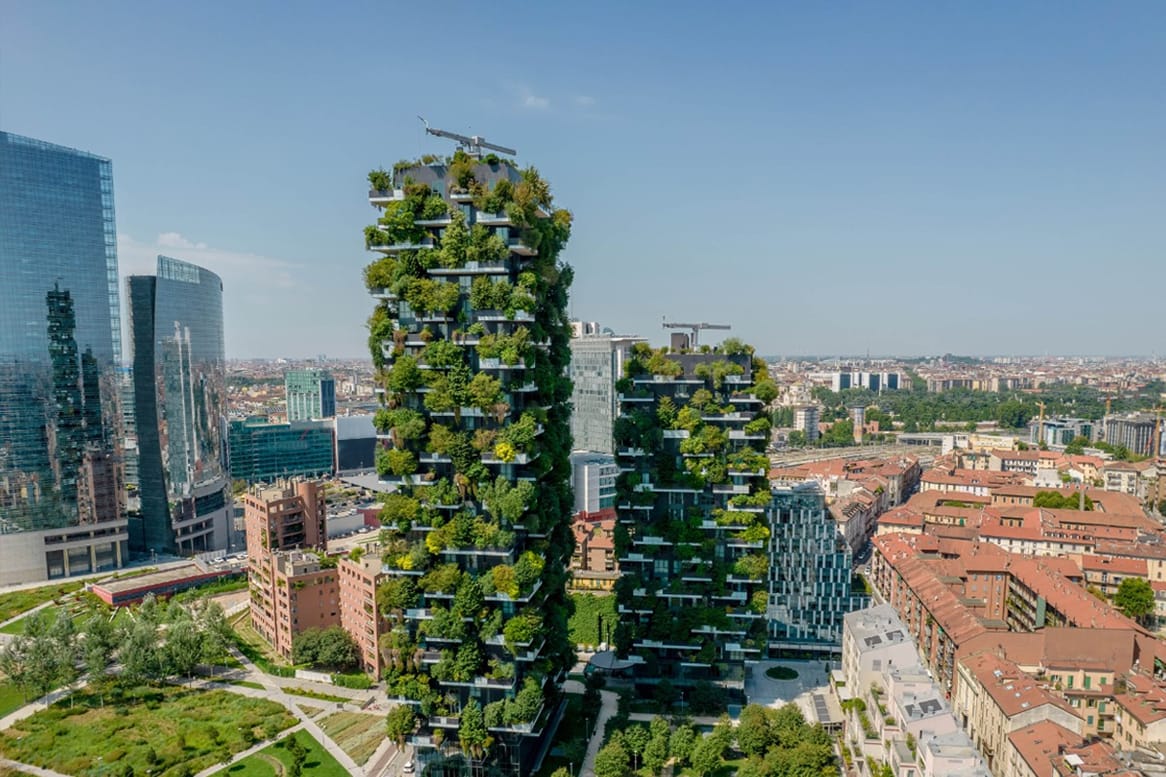
Vertical and Eco-Friendly construction market in India – A paradigm shift in construction
CBRE, a real estate consultancy firm, recently carried out an assessment of the tall buildings and vertical growth ecosystem in the country.
With more than 100 tall buildings, Mumbai stands as a hub of high-rise properties and ranks 17th worldwide and 14th in Asia.
India has witnessed a remarkable surge in population, accompanied by a steady upward trend in urbanisation. As cities become increasingly populated, the demand for space has also escalated rapidly. In response to the scarcity of land, tall buildings emerged as a solution as part of development for various Indian cities, optimising limited land resources.
As cities become increasingly populated, the demand for space has also escalated rapidly. In response to the scarcity of land, tall buildings emerged as a solution as part of development for various Indian cities, optimising limited land resources.
In line with Mumbai, other cities like Delhi, Hyderabad, Ahmedabad and Kolkata have now developed hundreds of high-rise residential and commercial buildings. The trend has also given rise to more and more builders getting engaged in the Indian real estate market to develop such projects.
It has also motivated local developers to collaborate with international players who, with their advanced technical expertise for better engineering and construction solutions, will enable the developers to remain competitive in this premium segment. Recent examples of such collaborations with internationally-renowned architects, consultants and contractors are Lodha’s ‘World One’ tower in Mumbai, Gateway Tower in Gandhinagar (Gujarat), Supertech’s tallest tower ‘North Eye’ in Noida (near Delhi) and Kolkata’s Urbana Housing.
In the last couple of years, Kolkata has witnessed a sea-change in urbanism. The boom in construction is reported to be even more exponential in growth compared to that of Mumbai. Projects such as South City, Hiland Park, Bel Air, Unitech Horizon have already made their mark in the high-rise segment.
Similarly, in Gurgaon, a number of high-rise buildings are coming up on about 8,000 acres of land in sectors earmarked in Gurgaon Master Plan 2031. Cities like Ahmedabad and Hyderabad are also witnessing a lot of high-rises. As the standard of living has gradually gone up, people today prefer high-rise apartments as compared to bungalows. Hyderabad is the second largest metropolitan city in India and in the last few years has witnessed a lot of real estate activity, which includes the development of the popular Fab City, Hardware Park, Shamshabad Airport, etc.

